TWELVTH SERIES EXPLORATION OF CHUGHTAI ART:
STORY OF OPPORTUNITIES OF AN ADVERTISING AGENCY;
EXPLOITATION OF TALENT GENERATION OF RESOURCES.
Unless you have seen Chughtai art in original, you are in no position to even make a judgment. The observation skill of most people is limited. Look at the whole, never in parts. No time to observe the details, which tell everything. When you look at the whole, you are bound to hide many things. The paper used by the fake makers is nothing short of being ridiculous. Not only do they have no access to original Whatmann, they ae not in a position to buy expensive drawing paper. Handmade paper is beyond them. Where 300 gms is required, you cannot do much with 100 gms cheap paper meant for struggling students. And instead of pigment colours, cheap chemical paints. No ability to mix paints and take out original tinge of Chughtai art. Lines cannot be drawn by them, so they print a weak image of a standard work on paper. Size unknown to them. Compositional size also not known. Chughtai used to cut his paper to suit his composition. That is why fakers shorten or extend works to meet size of paper. Afraid of cutting an 18 by 22 size student paper to size required for an original Chughtai. Imagine some reduce sizes from 26 by 36 inches to 14 by 19 inches. The best fake makers raise their hands in their lack of ability to copy a Master.
STORY OF A FAKE MASTERA very famous head of an Advertising agency, in 1950s, used to buy works from Chughtai himself, to sell in Karachi, as well as other clients. He had a lot of original work, believed to be stuck in a police custody now. But he was a gambling addict. He stopped paying people their due amount. Due to these lapses, the artist Chughtai stopped giving him his works for sale. It was then that he asked am artist in his advertising studio, if he can make Chughtais. The poor man volunteered to try his best, and he innovated things. A faint image of a Chughtai was printed on paper, and on same English photo-colours were used to finish a painting. No technique, no washes. Nothing but cheap copies. A person in Islamabad got the idea. This faker used to sell his works for Ten thousand Rs, the man in Islamabad used to sell the work to a party in London for Rs One lakh. From there it went to auction houses, who had absolutely no knowledge of original or fake enterprises. A lot of money got generated in this way. Everybody felt happy. No consequences. The funny part is that Pakistani moronic analysts and critics had no mood to even look into this matter. Perhaps the spoils were divided amongst various people. Only I remained the Socratic gad-fly.
It has been an arduous work. Going through these series of exploration. Just look at the three Karachi fakes presented in a separate way. The fakes are about 14 by 19 inches. Laugh your heart off. The originals are huge works. Look at the faded textures. Karachi fakers become zero when you see the original side by side. All this must come in a book. But at the present it is out of financial reach for us. We will try in the future to expose the hideous faces of both sellers and buyers. We are alays available. Seek our opinion on everything related to Chughtai art. We will give you the facts and figures.
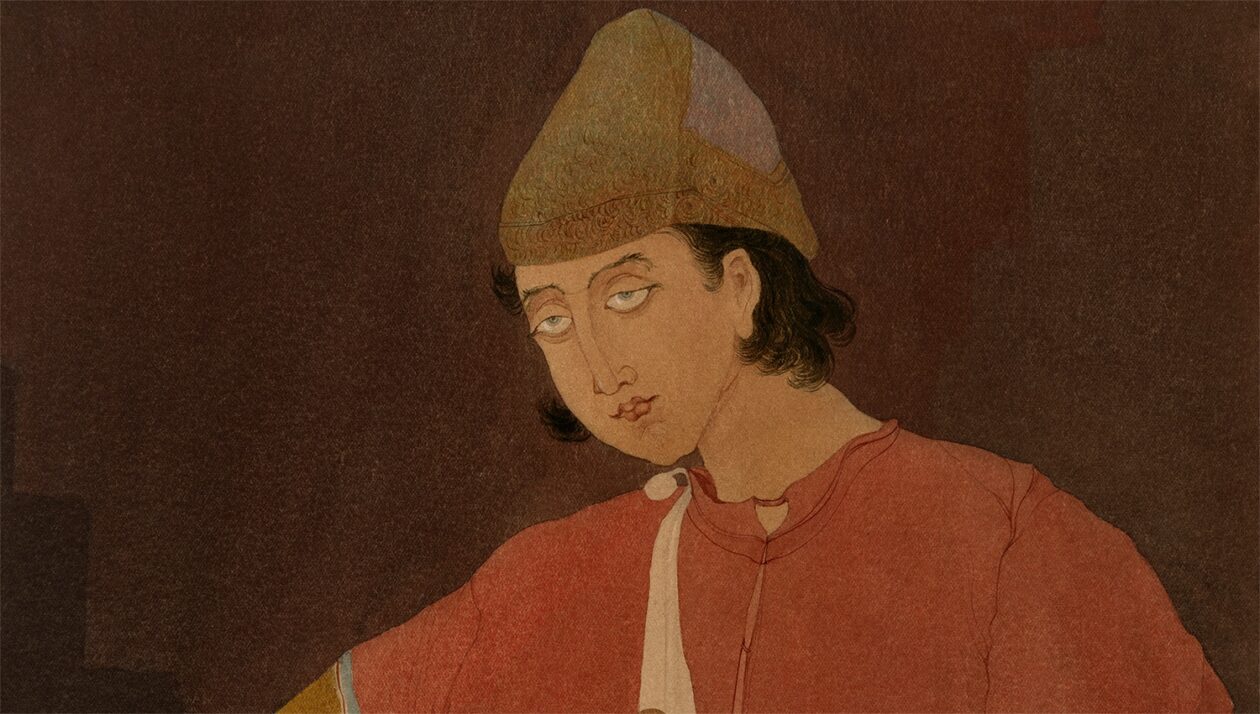
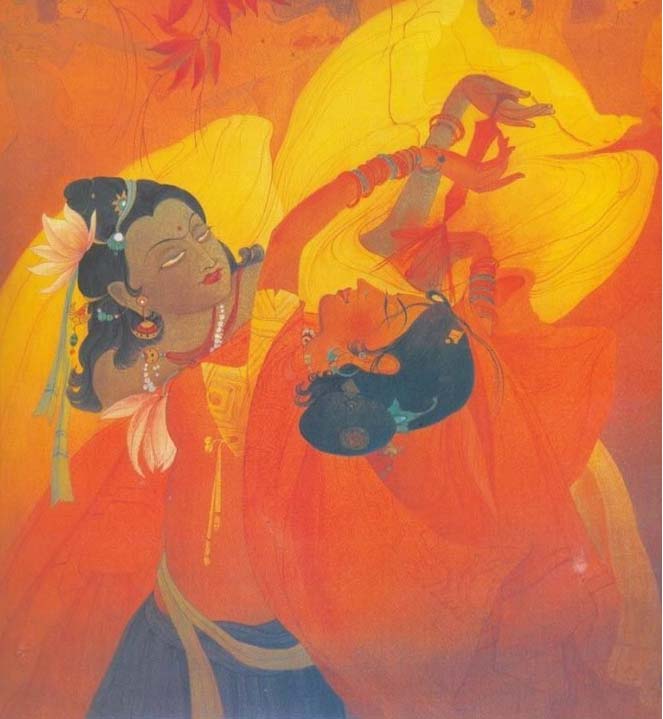
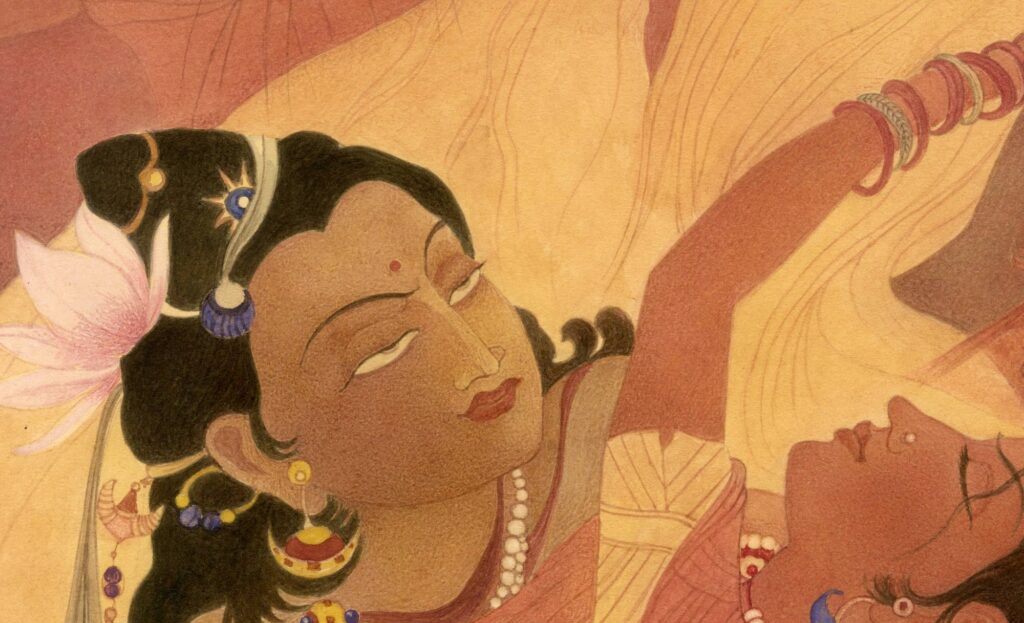
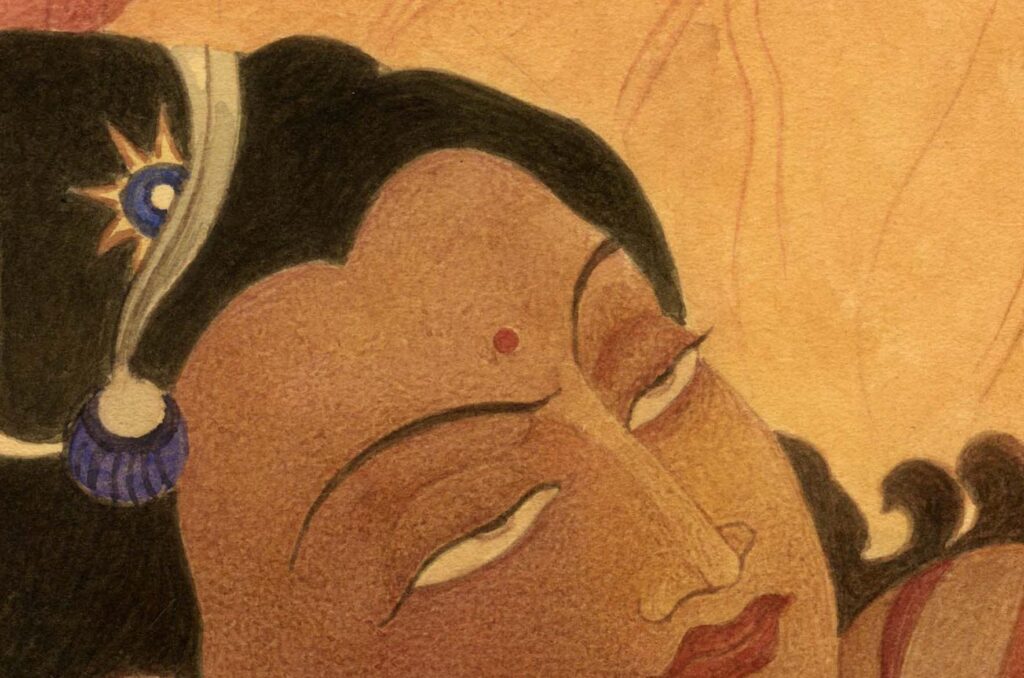
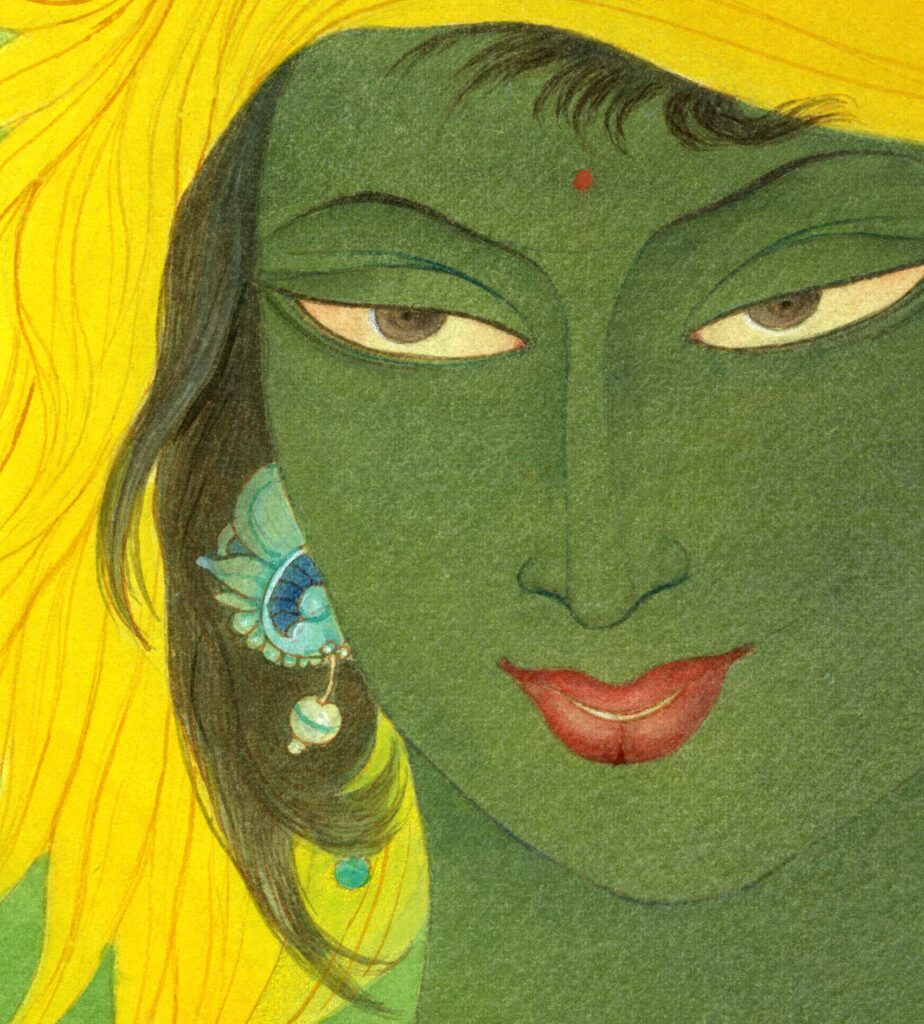
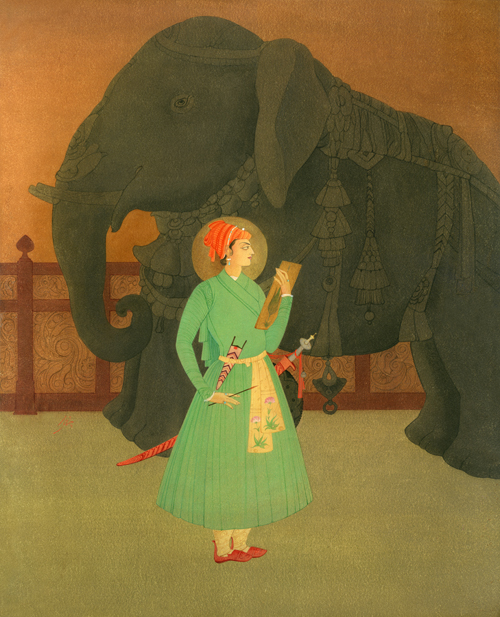
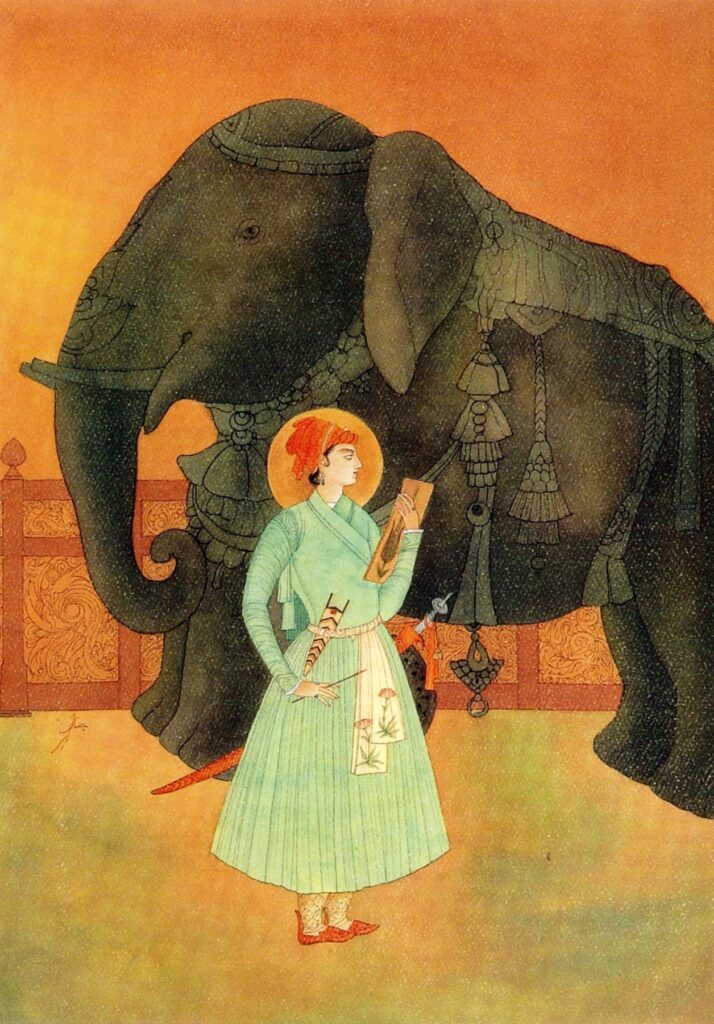
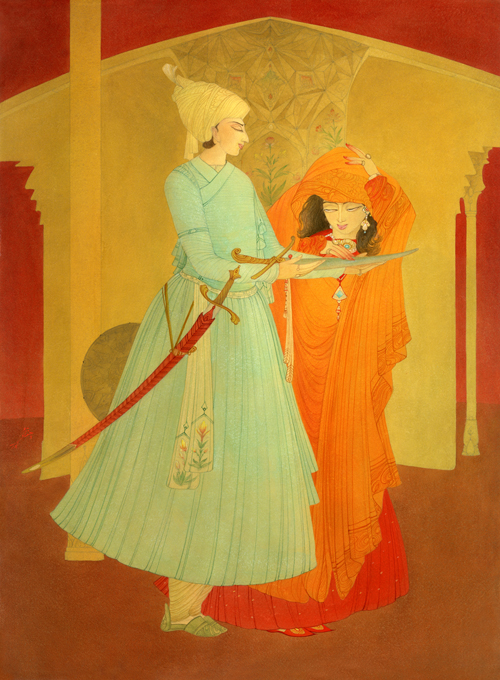
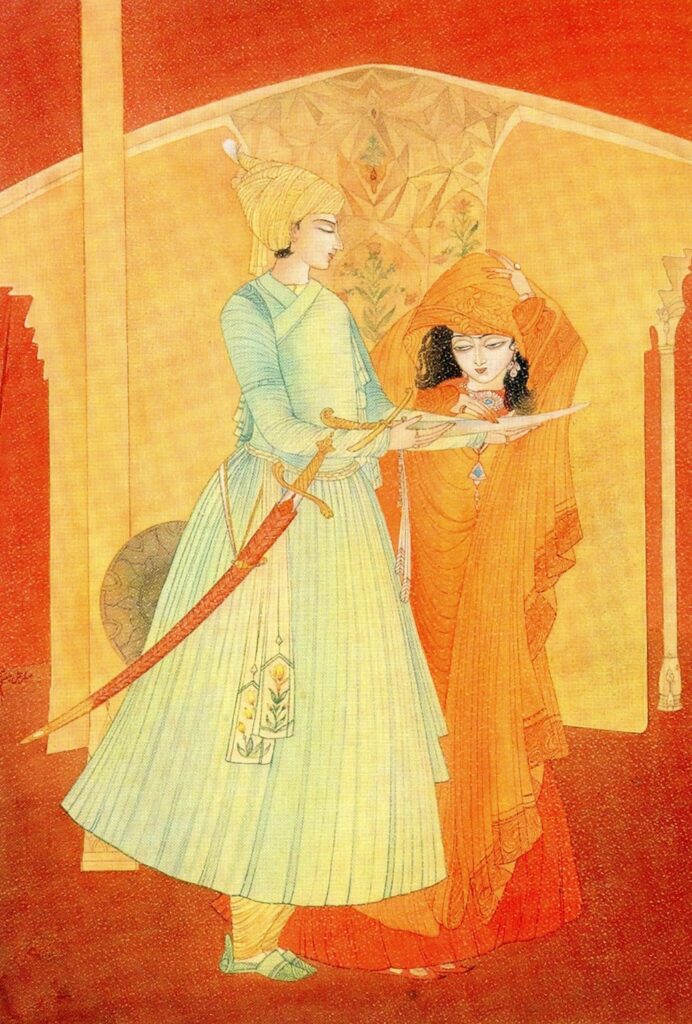
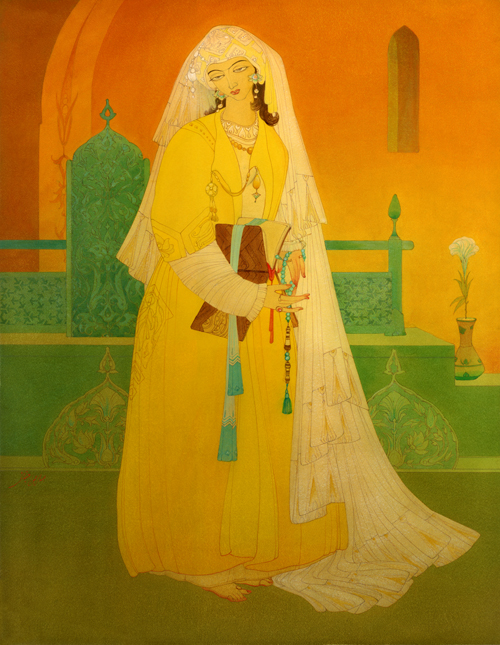
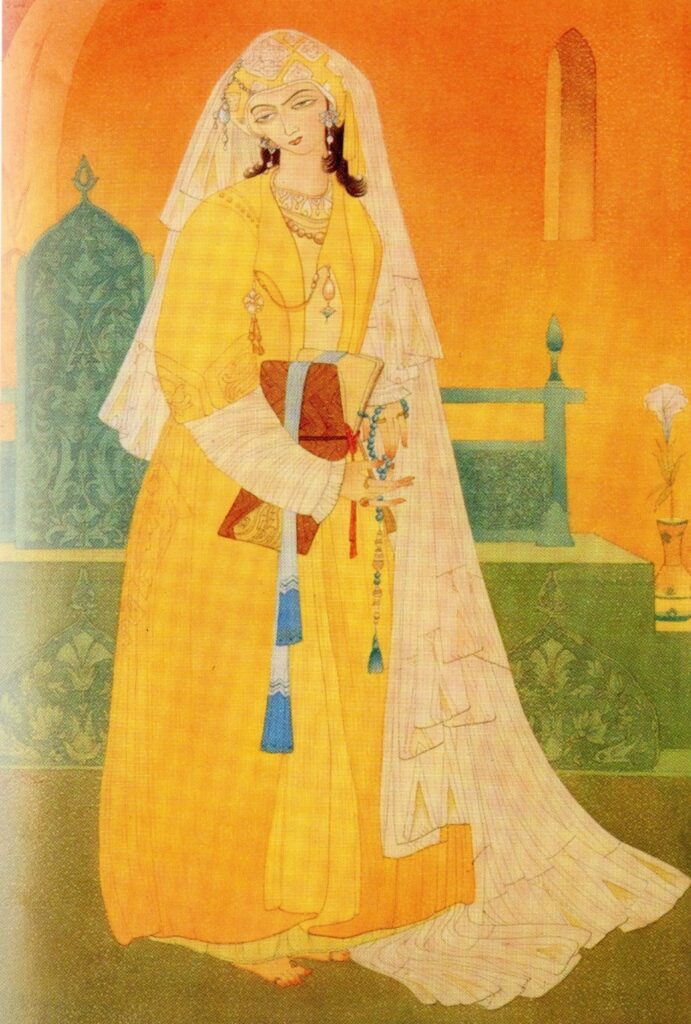
Indeed a never ending story
Well done Sir
Good reporting
Of great use such info
Keep it up Sir